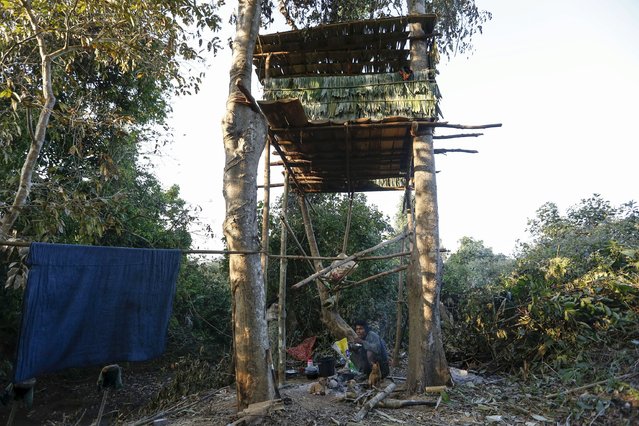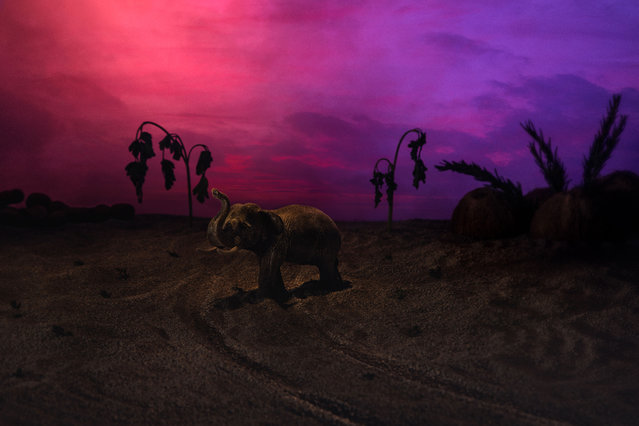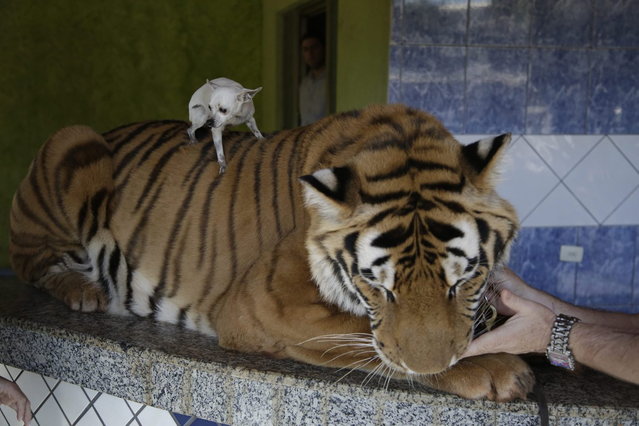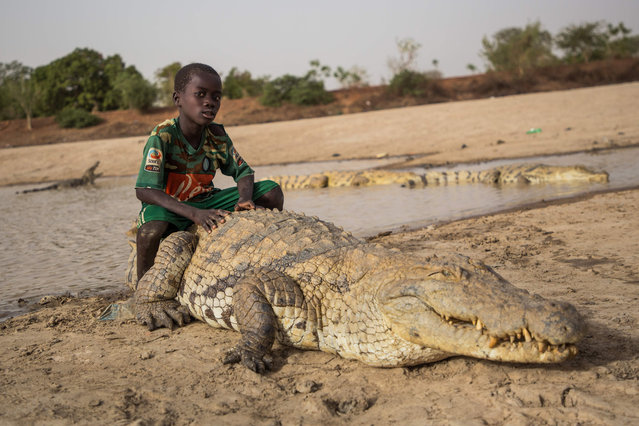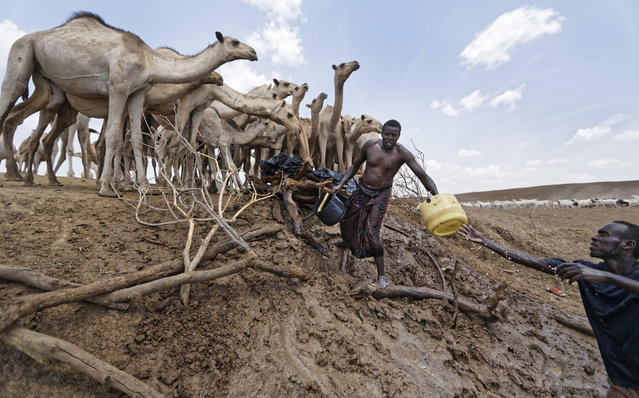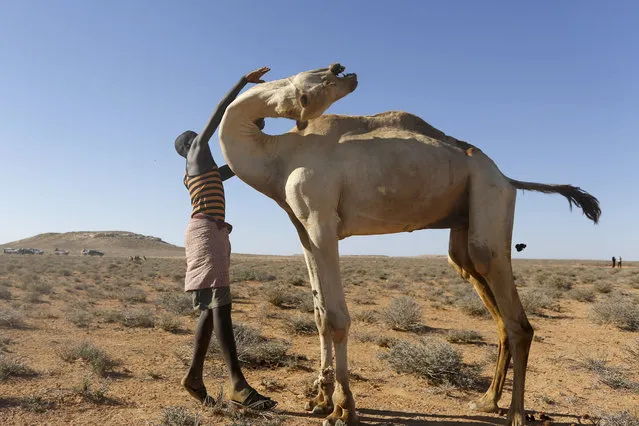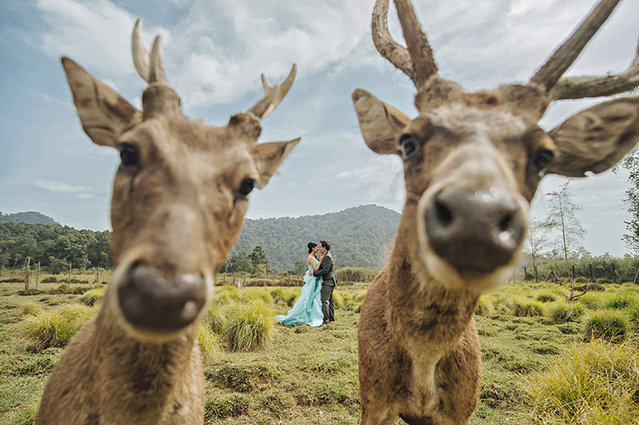
These hilarious photos will leave people wedding themselves with laughter. The images – which include photobombs, wardrobe malfunctions and unexpected animal behaviour – have been released by the International Society of Professional Wedding Photographs (ISPWP). Each year the society holds quarterly competitions, celebrating a variety of the best image from couples special days. Other categories in the ISPWPs completions include the likes Getting Ready, First Dance, Family Love, and a selection of portrait possibilities. Here: Couples wedding photo photobombed by deer. (Photo by Hendra Lesmana/Caters News Agency/ISPWP)
14 Jan 2016 08:02:00,post received
0 comments

